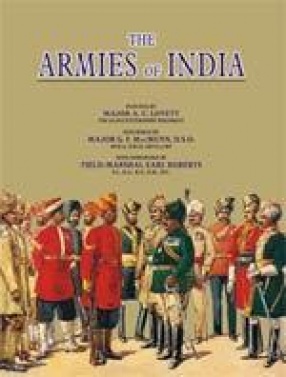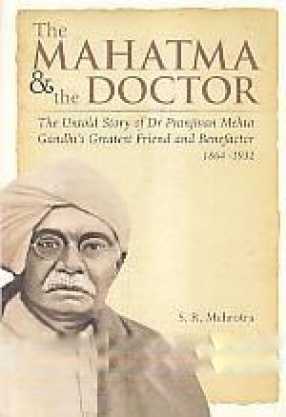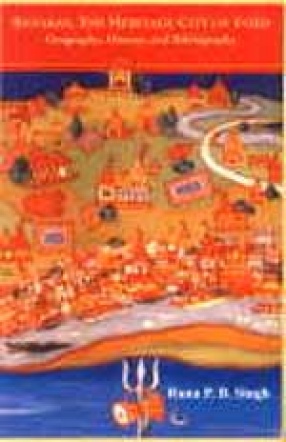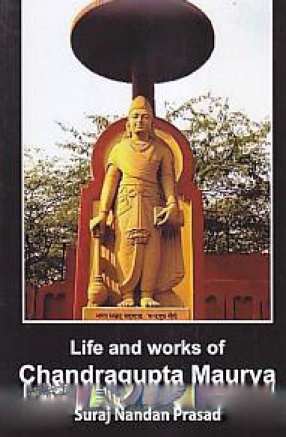The Armies of India
In stock
Much has been written about the British rule in India and the multifarious effects – some bad, some not so bad — it had on the locals, and the various developments it led to in terms of infrastructure and institutions. But what is generally available on bookshelves presents the native view, be it in favour of the Raj or against it. The British view, though expressed in volumes over the years, is not readily available to the average reader. The book in hand has the potential to fill that gap to a certain extent. First printed almost a century ago in 1911, the book, though focussed on the development of the Royal Indian Army, do talk about at least two major episodes in the history of the Indian subcontinent; one is the British campaign against Tipu (spelled as Tippoo in the book) Sultan, and the second is what we prefer to call the War of Independence and the British call it the Great Mutiny. That the native perception differs with that of the British is not an issue, for it has to, but the language used by Major MacMunn, the author, might come as a bit of amazement to the uninitiated. Tipu, to the British, was "the cruel and impossible ruler of Mysore." Likewise, the episode in 1857 was "a storm of unreasoned and uncalled-for mutiny that buried in a month the tradition of a century."However, before getting unnecessarily worked up, concessions should be made for the simple fact that the text was conceived some ninety-four years ago when the impact of the two events, and, indeed, the consequent bitterness and acrimony, could be felt much more than what is the case today, and, secondly, the man behind the text himself happened to be an army officer. Away from such remarks that are sprinkled here and there, the book is a fascinating account illustrated with seventy-two coloured sketches and nineteen line drawings done by Major A.C. Lovett. It starts off with a quick comparison between how the Romans had ruled over parts of England and how the British were then ruling India. Recalling the history of European mercenaries on the subcontinent, the book describes it as a tussle between the French and the British that started as early as the eighteenth century. It finally came to an end in favour of the British with the fall of Pondicherry in 1793. Having overcome the main rival, the English adopted the French practice of raising native regiments in the army. For the next about six decades, the practice continued to the entire satisfaction of the British hierarchy in India till 1857. Post-1857, the title of what was thus far called the Company’s Army changed to the Royal Army, and it was basically the British experience with various races, like the Bengalis, the Punjabis and the Pathans, during the troubled phase that led to a new complexion within the fighting units. It was in the light of the events of 1857 that the British decided on the merits and demerits of the various races in India, like the Rajputs, the Jats, the Gujjars, the Kashmiris etc. And this "systematic grouping" served their purpose well, as has been confirmed in the Foreword by Field Marshal Earl Roberts, who spent "so many eventful years" in India, and who was "intimately associated with the Indian Army". Since the book happens to be a gem from the past, it is interesting to have a look at what the British thought about the marshal capabilities of the natives. Apparently they were not quite impressed. "It is one of the essential differences between the East and the West, that in the East, with certain exceptions, only certain clans and classes can bear arms … In Europe, as we know, every able-bodied man, given food and arms, is a fighting man of some sort, some better, some worse, but still as capable of bearing arms as any other of his nationality. In the East … this is not so," observes the text. The assessment evokes a wry smile, for it is considered politically incorrect to air similar views today when the West is bent upon declaring the entire East as the hub of all armed activity!






There are no reviews yet.